The Return Path to Vienna with Caravan
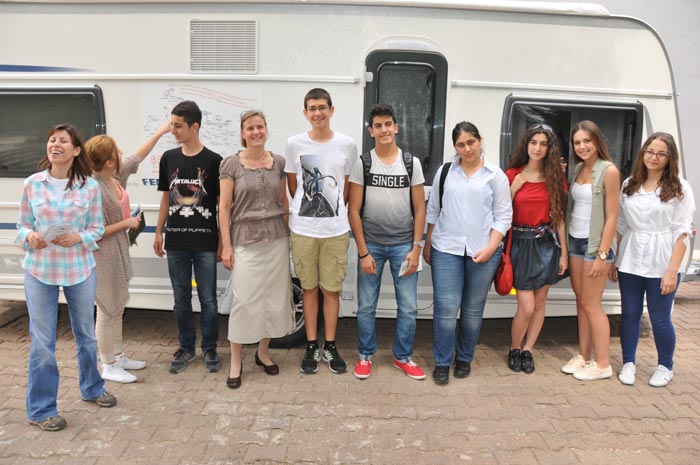
The exchange students from the Osnabrück city of Germany and the students of the Private Antalya College had a project on “Germans in Antalya and Alanya”. After a discussion and forum program on this subject, Detlef made a successful presentation of the project and mentioned why and how the ruins should be protected.
Then, education oriented event continued next to our project vehicle and caravan by meeting the students who wanted to discuss alternative tourism and do an interview. After thanking to instructors, who welcomed us with friendliness and the students, who showed an interest to the discussion subjects on our project, we left Antalya. Our next stop was going to be İzmir Güzelbahçe camping site and we would spend the weekend there.
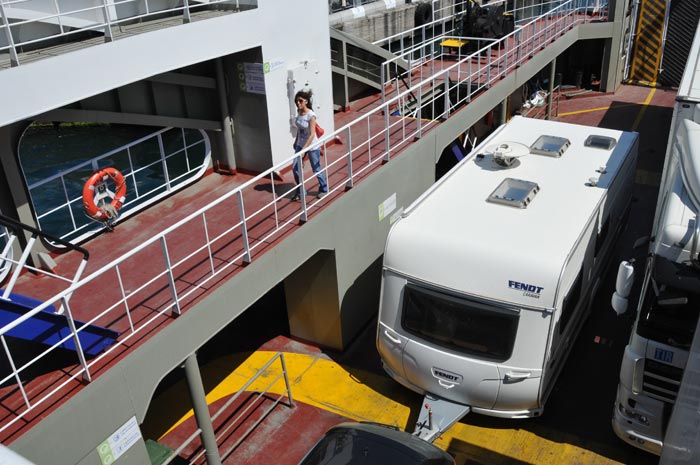
On Monday morning, we made our preparations early and departed for the next stop. While moving forward with the sadness and excitement of the journey, we reached Lapseki after saluting Küçükkuyu Oba Camping that we stopped over under the olive trees on the arrival path about two months ago.
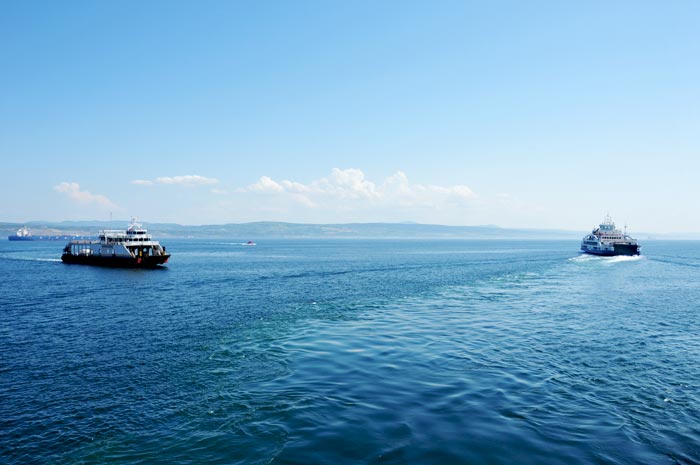
While passing the Dardanelles Strait by ferry, seagulls accompanied us. People were focused on the seagulls that catching the crisp pieces in the air and they were not paying attention to anything. Since there is no bridge on the strait that connects the Aegean and Marmara Seas, ferries are used for transportation. The Dardanelles Strait, which has important antique cities on both coasts, has the names of Dardanellen and Hellespont (Sea of Helle) in history.
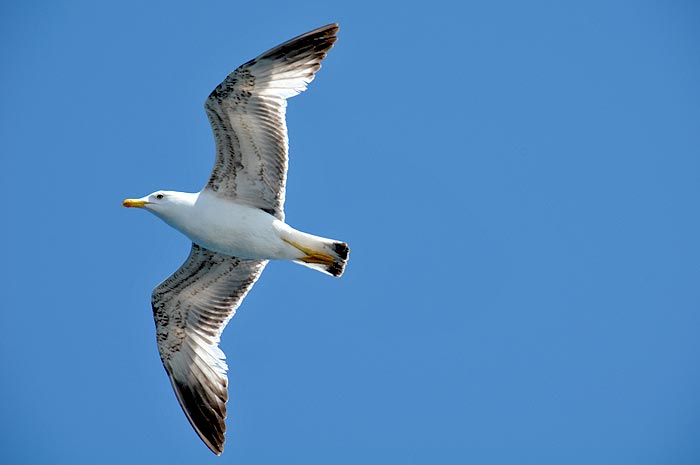
The ferry that we took in Lapseki brought us to Gallipoli, after a while we reached Ipsala Kapıkule border. 30 km after checking into Greece, we arrived at the camping site that we were going to spend the night. It was our first time in Aleksandropolis, but on our previous visits, we found out that in that location was a camping site. It has an impressive atmosphere with its location on the Aegean Seaside and the garden layout with flowers and trees in quite a broad area.
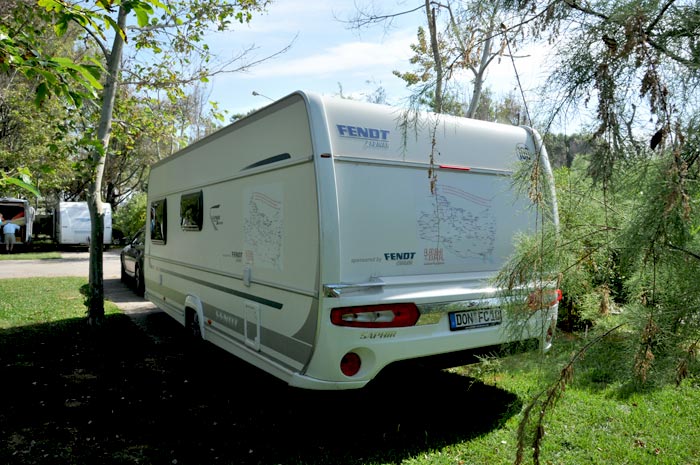
We woke up in a cloudy morning of a night with a heavy rainfall. We had a short conversation with the family who was planning to go Germany over Italy by ferry and we completed our preparations for the journey. With the caravan, our travel continued on the road of Via Egnatia that the total length is about 1120km. Strabo describes Via Egnatia as; “From Apollonia to Macedonia one travels the Egnatian Road, towards the east; it has been measured by Roman miles and marked by pillars as far as Cypsela (Ipsala) and the Hebrus (the Maritza) River - a distance of five hundred and thirty-five miles”.
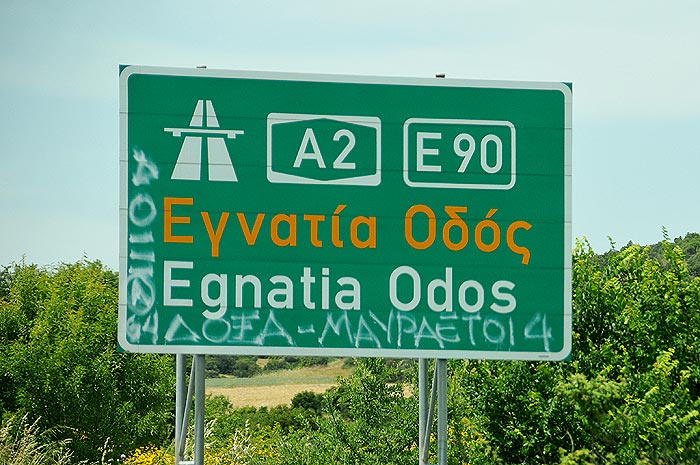
Starting from the Albania coasts, the Via Egnatia road lengthens to Istanbul. It is the connection route of east and west that used by different civilizations and it was constructed by antique Roman Empire in the 2nd century B.C. This road starts at Dyrrachium city of Albania and goes down to Istanbul. Since it was the road of communities like Albanians, Slav, Bulgarian, Roman, Jewish, Pontus, Turkish and Pomak, it is very precious in cultural and commercial points.
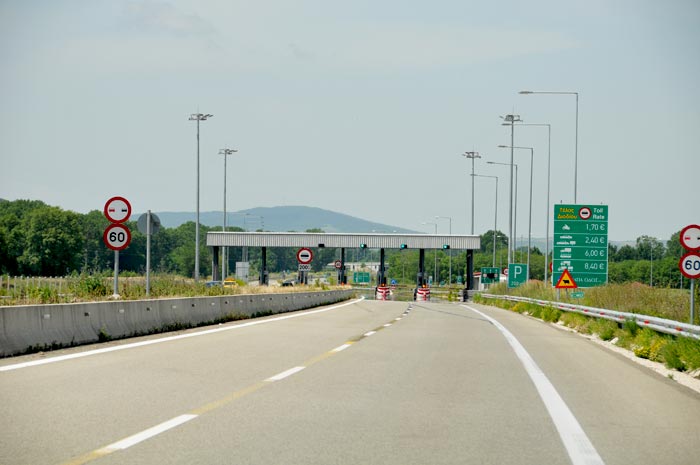
After entering Greece from Ipsala, we paid for three stations that we used while reaching Thessaloniki. We paid six euros for both vehicle and caravan, so, we paid eighteen Euros in total for the route in Greece.
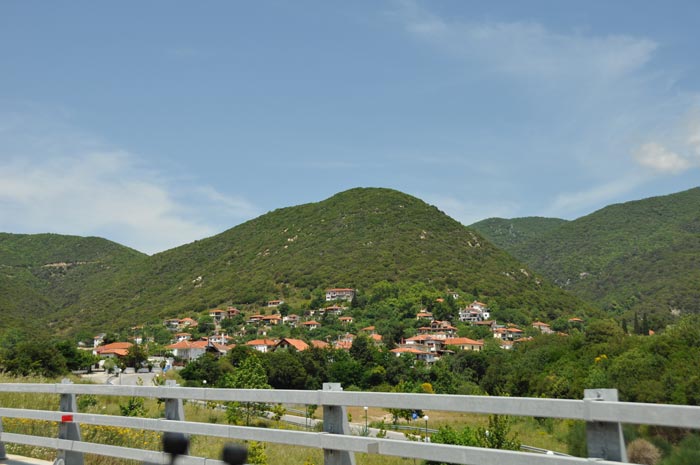
Along with the Via Egnatia road, looking out the accompanying view enlivened our journey. From place to place, hanging gardens and olive trees were smiling at us. Sometimes we were passing by a pretty village sometimes the Aegean Sea was winking at us. Besides all of these, we understood the difference of travelling with a vehicle after seeing the yellow flowers of besom, which is a bush type of the Mediterranean.
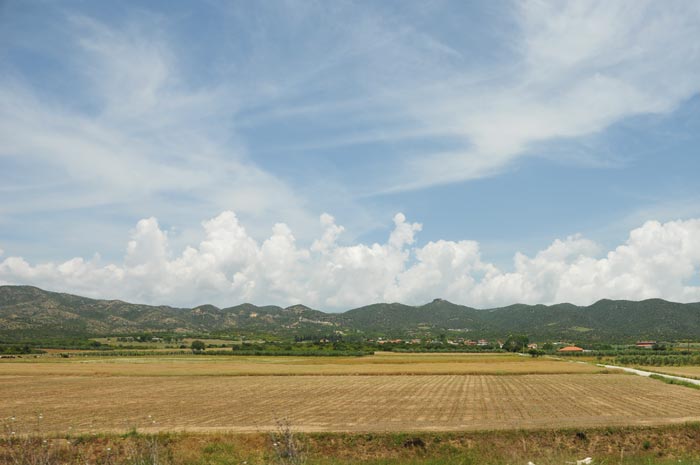
We left Greece behind and after the routine border controls, entered in Macedonia. The view in Macedonia that accompanying us through the highway was different from the Greece, it was standing in front of us like a marvelous picture that we could not stop watching.
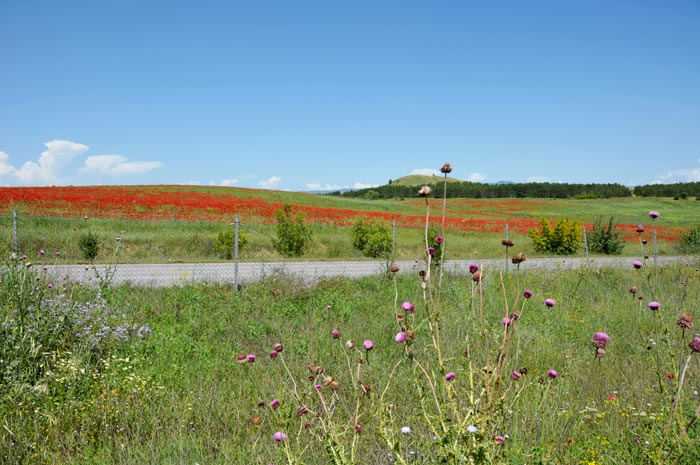
We were moving on along the Vardar River that accompanying us from place to place and in the afternoon, we arrived at Stobi Antique City. Archaeologist Goce Pavlovski from the excavation staff of Stobi Antique city welcomed us warmly and we began to tour in the antique city together. It was quite an extensive tour and we obtained information that did not come to light yet.
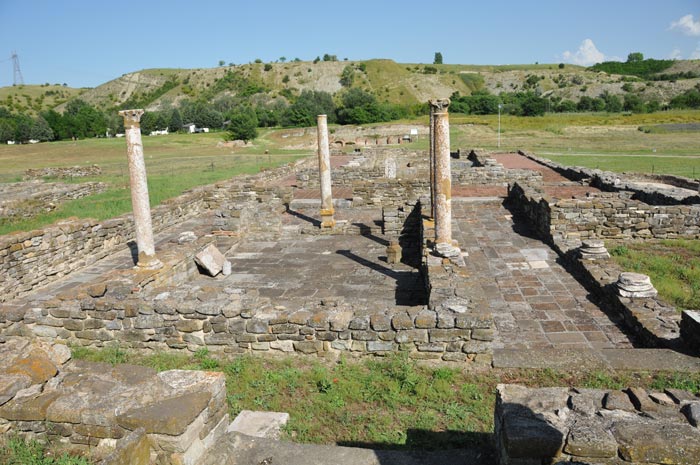
We knew that there were a lot of issues to talk and share, so, we did not reject the invitation of spending the night there by Goce, who shared the same ideas with us. We parked the caravan in the area that left for excavation site near the Stobi Antique City. After an amusing conversation at dinner, we went to sleep because we were tired.
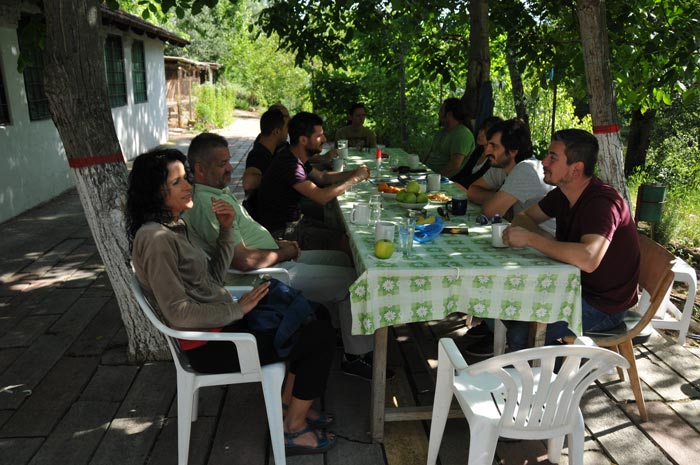
The next morning we met the security staff, who was accompanying the excavation staff and this time we discovered how mosaics and frescoes have been protected. The mosaics and frescoes were so beautiful that we could not stop looking at them. Even though they could not find sufficient fund, archaeologists, who encounters with the same problems in Turkey, continue to work at the Stobi Antique City at the heart of Macedonia.
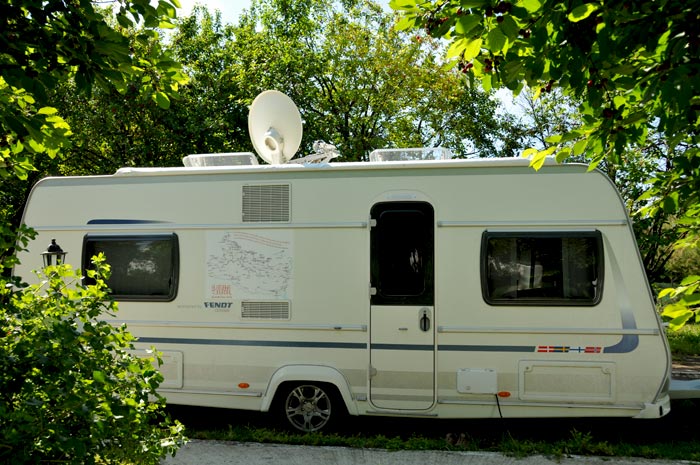
Due to it was time for leaving Macedonia lands behind, we left Stobi Antique City and continued our way. We were sure of keeping in touch with our new friends. We passed Belgrade transit again that we passed so many times before without taking time off and reached the camping site in Feketić town of Serbia. From a camping site guide, we chose a camping site, which is close to the highway. Although the place was not very wide, Detlef succeeded in parking the caravan.
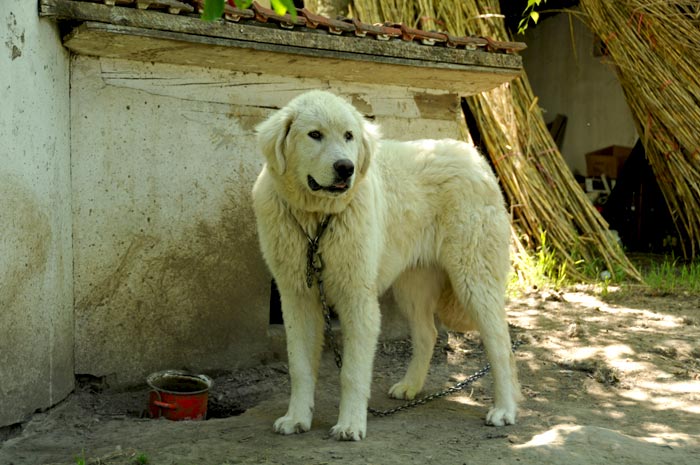
Between the cherry trees, we spent a calm night and woke up to a great morning. Since last night, the camping site’s pretty dog was tied and it could not go anywhere except its cottage. It was such a cheerful dog that we could not leave without saying goodbye. It was probably a retriever or a sheep dog and I wish we could take this pretty dog with us.